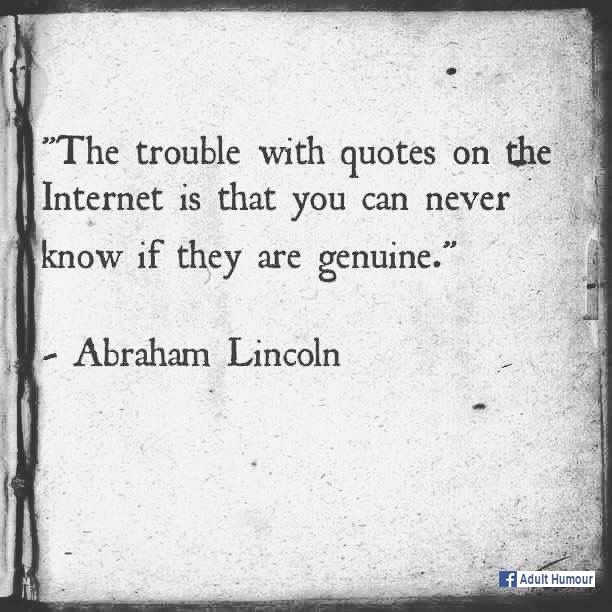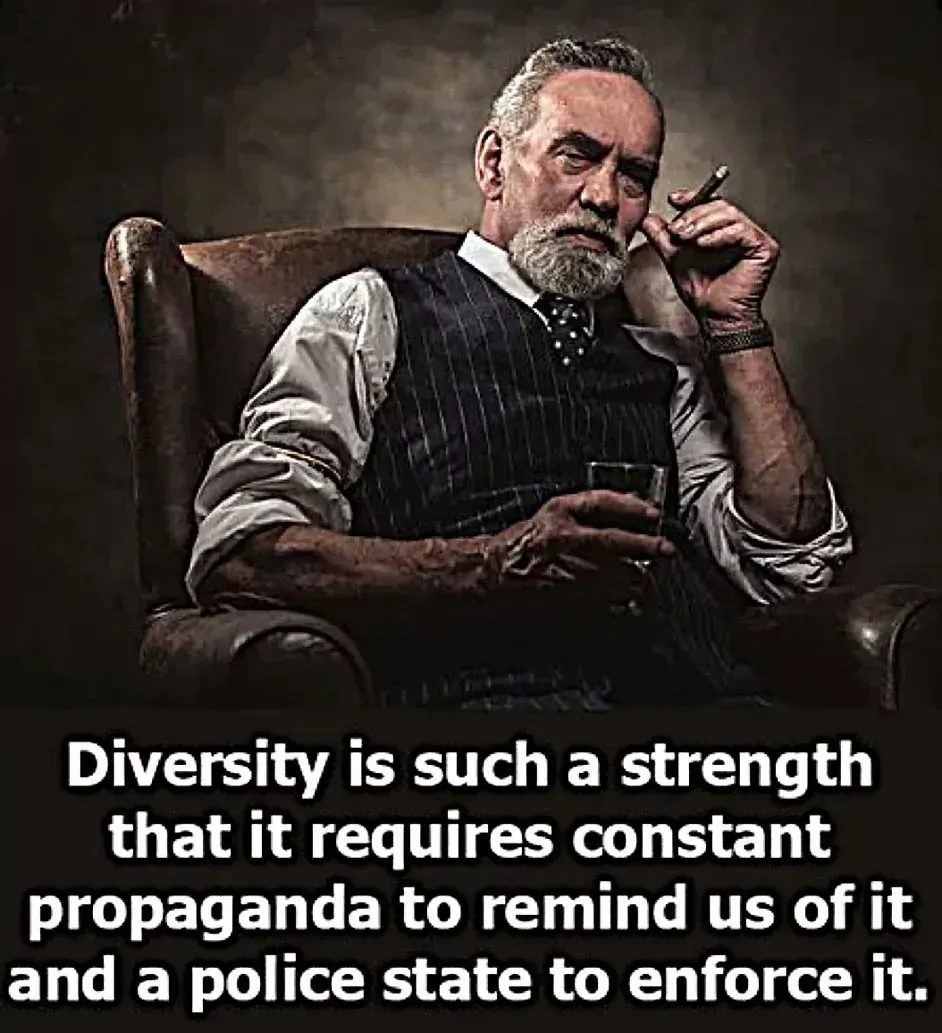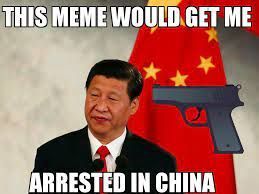A Nation Divided: Then and Now
Why Today’s Political Crisis Feels Uncomfortably Familiar

Introduction
Every election cycle, pundits warn that America has “never been more divided.” In 2025, it’s a convenient headline — bitter polarization, media-fueled outrage, and collapsing public trust dominate the national conversation. But history tells us this isn’t entirely new.
Two eras in particular — the 1850s and the late 1960s — offer sobering parallels. Both were times when the nation’s very identity felt up for grabs. Both ended in deep scars, and both offer lessons we’re ignoring at our peril.
The 1850s: When Compromise Collapsed
By the mid-19th century, the debate over slavery had reached an existential pitch. The question was no longer simply whether slavery was moral, but whether it could expand into newly acquired territories.
Media as Partisan Weapons
Antebellum newspapers openly served political factions. The Richmond Enquirer acted as a mouthpiece for Southern Democrats, while the Chicago Tribune championed the new Republican Party. There was no illusion of neutrality — newspapers were political actors in their own right (Holt, 1999).
Breakdown of Civility
The division spilled into physical violence. The most infamous example came in 1856 when Representative Preston Brooks nearly beat Senator Charles Sumner to death with a cane on the Senate floor after Sumner’s anti-slavery speech (McPherson, 1988).
Perception of Existential Threat
To Southern leaders, Lincoln’s election in 1860 was proof that their political power had collapsed forever. Secession followed within weeks. The belief wasn’t just that opponents were wrong — it was that they were an existential danger to their way of life.
Lesson for Today
When political disagreement turns into mutual delegitimization, compromise dies. The 1850s show how quickly a political dispute can turn into a national rupture when neither side sees the other as legitimate.
The Late 1960s: Cultural and Generational Revolt
A century later, America faced another fracture. This time, the fight wasn’t over the Constitution’s basic structure, but over its meaning.
Civil Rights and Racial Tensions
The Civil Rights Act of 1964 and Voting Rights Act of 1965 were landmark victories, but they also provoked fierce backlash in some quarters, leading to both peaceful protests and violent resistance (Branch, 1988).
Vietnam War Protests
Television — still a relatively new mass medium — brought the brutality of war into living rooms every night. When the Pentagon Papers revealed years of government deception, public trust in political institutions cratered (Sheehan et al., 1971).
Political Assassinations
The murders of Martin Luther King Jr. and Robert F. Kennedy in 1968 deepened a sense of despair and mistrust in national leadership.
Generational Divide
Young Americans openly rejected “the establishment,” challenging traditional morality, foreign policy, and authority structures — much like today’s younger voters pushing aggressive cultural and political change.
Lesson for Today
Cultural revolutions paired with collapsing trust in government institutions can polarize a nation as severely as any constitutional crisis.
The 2020s: Polarization 2.0
Our present political climate mirrors both earlier eras — but with new accelerants that make it far more volatile.
Social Media as an Outrage Machine
Unlike 1850s newspapers or 1960s pamphlets, today’s social media algorithms reward anger, fear, and outrage, creating hyper-efficient echo chambers (Bail, 2021).
Institutional Distrust at Record Lows
Gallup polls show confidence in Congress at just 8%, trust in the media at 16%, and approval of the Supreme Court below 50% (Gallup, 2024). When citizens stop believing institutions are legitimate, they look for alternatives — sometimes outside the constitutional order.
Moral Absolutism
On issues from climate policy to abortion to election security, Americans increasingly see the other side not as political opponents, but as existential threats — a mindset nearly identical to the 1850s dynamic.
Geographic and Cultural Sorting
Americans are increasingly clustering in like-minded communities and states, entrenching red/blue divides and making cross-cultural dialogue rarer (Bishop, 2008).
What’s Different Now
The speed and scale of today’s polarization are unprecedented.
- In the 1850s, it took days for newspapers to circulate.
- In the 1960s, TV news reached homes once a day in a 30-minute broadcast.
- In the 2020s, outrage, misinformation, and mobilization calls can circle the globe in seconds.
This hyper-speed communication makes it nearly impossible to cool tempers or rebuild trust before the next controversy erupts — and creates new opportunities for foreign and domestic actors to intentionally inflame divisions.
Why This Matters
History shows extreme polarization usually ends in one of two ways:
- Catastrophe — as in the Civil War.
- Painful but Productive Realignment — as in the post-1960s adjustment toward a new political equilibrium.
The path we take now will depend on whether we can restore shared truths, mutual legitimacy, and the lost art of compromise. As historian David Blight warns, the greatest danger is “civic breakdown” — when citizens no longer see the political system as legitimate and instead seek solutions outside the Constitution (Blight, 2018). That is how republics end.
Final Thought
The 1850s teach us that refusing to acknowledge your opponent’s legitimacy invites collapse. The 1960s teach us that cultural upheaval without institutional trust is a recipe for unrest. The 2020s are still writing their story — but whether it’s remembered as a turning point toward renewal or the beginning of national disintegration is still up to us.
Disclaimer:
The views expressed in this post are opinions of the author for educational and commentary purposes only. They are not statements of fact about any individual or organization, and should not be construed as legal, medical, or financial advice. References to public figures and institutions are based on publicly available sources cited in the article. Any resemblance beyond these references is coincidental.
References
- Holt, Michael F. The Political Crisis of the 1850s. Cambridge University Press, 1999.
- McPherson, James M. Battle Cry of Freedom. Oxford University Press, 1988.
- Branch, Taylor. Parting the Waters: America in the King Years, 1954–63. Simon & Schuster, 1988.
- Sheehan, Neil, et al. The Pentagon Papers. The New York Times, 1971.
- Bail, Chris. Breaking the Social Media Prism. Princeton University Press, 2021.
- Gallup. “Confidence in Institutions.” Gallup, 2024.
- Bishop, Bill. The Big Sort: Why the Clustering of Like-Minded America Is Tearing Us Apart. Mariner Books, 2008.
- Blight, David W. Frederick Douglass: Prophet of Freedom. Simon & Schuster, 2018.











